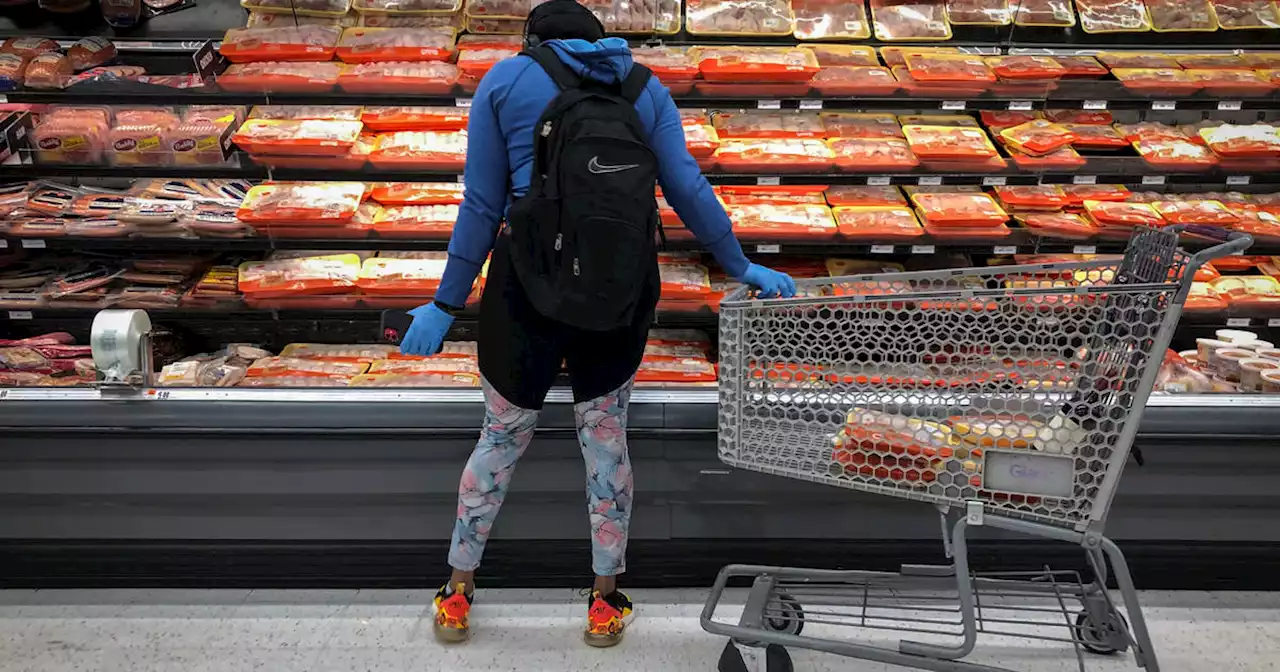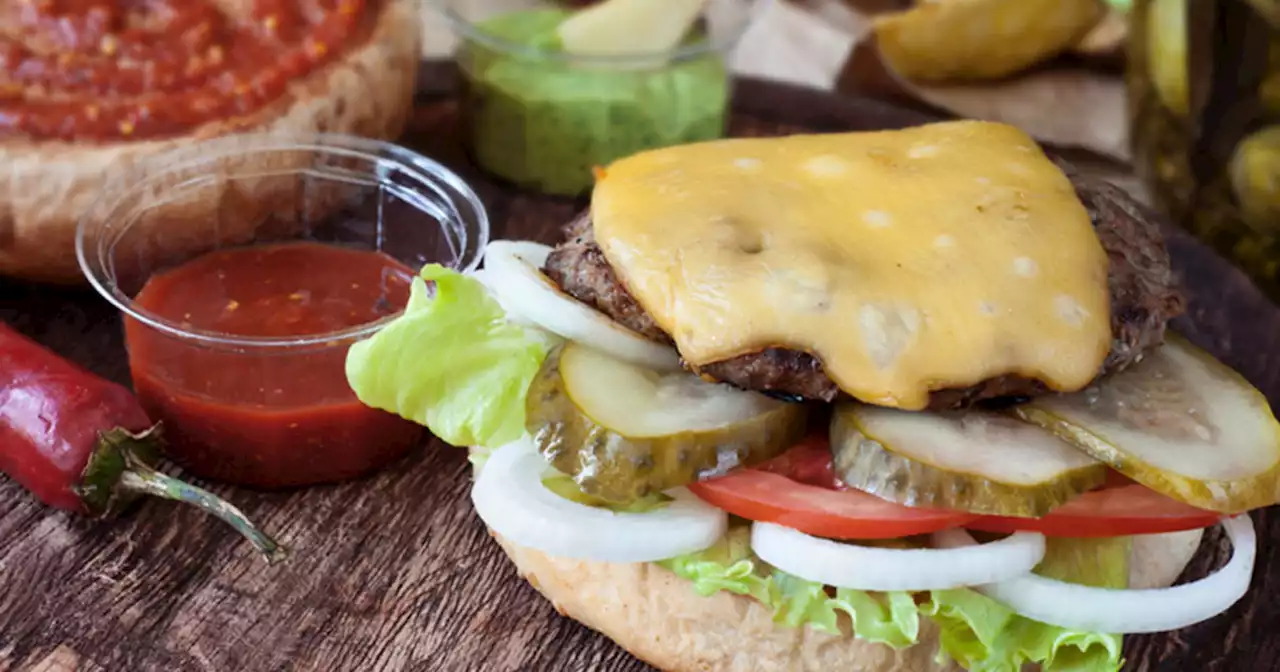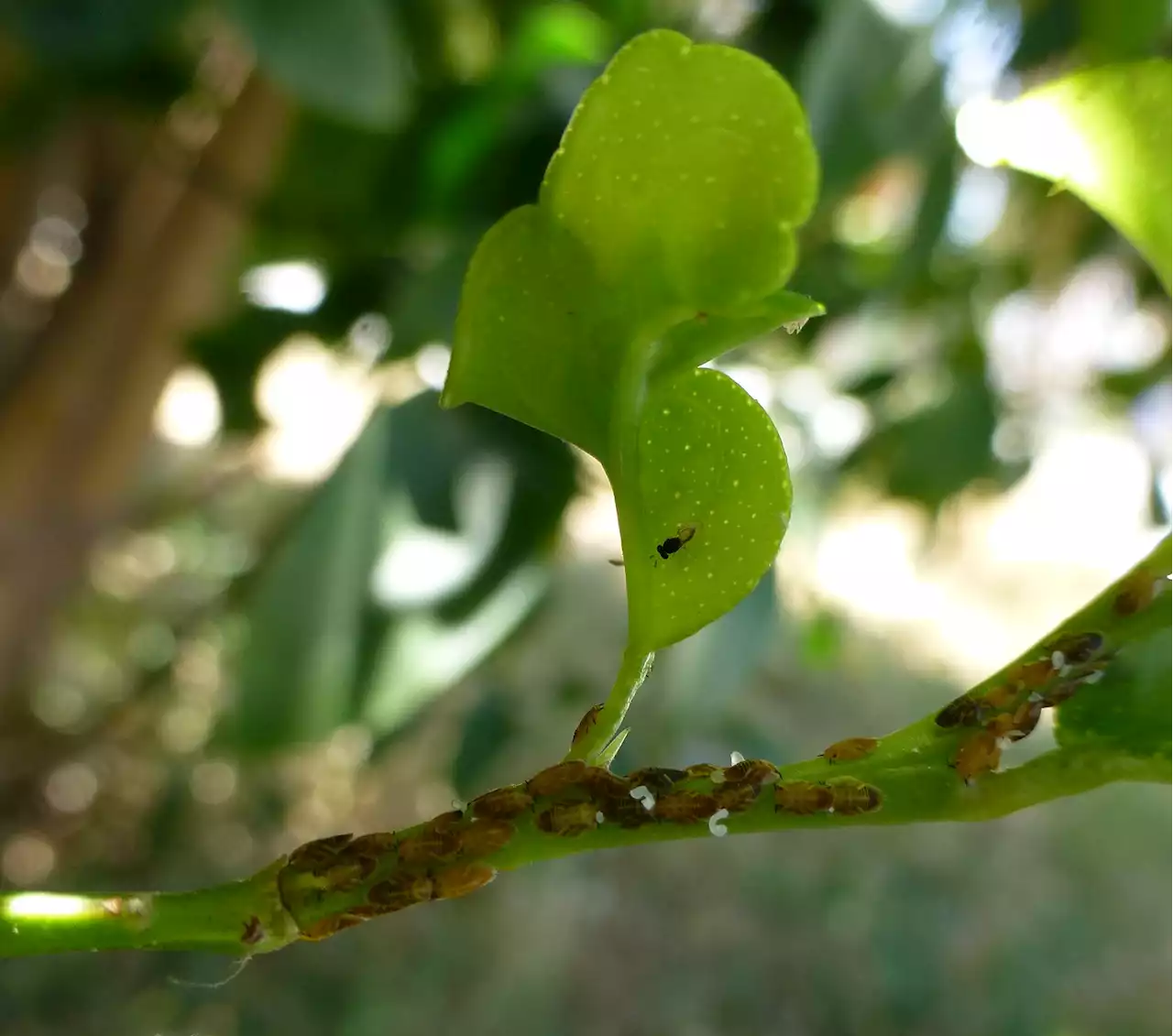Fighting bugs with bugs.
On a hot Wednesday morning in early June, Joseph Bravata pulled a black SUV with federal plates into a suburban playground parking lot outside New Orleans. The asphalt was bounded on the north by a tangle of oak and tallow trees, and to the east it faced a subdivision with big lawns and wide streets. Bravata, the US Department of Agriculture ’s state plant health director, opened the trunk, revealing a white cooler which had arrived via FedEx the previous morning.
Inside were six clear plastic containers, full of stingless, parasitic wasps, each the size of a poppy seed. As the sun warmed the containers, the wasps sprung to life, and began bouncing up the sides of the plastic like popcorn., prey primarily on Asian citrus psyllids, gnat-like, sap-sucking insects. The tiny wasps lay eggs under the bodies of psyllid nymphs, and their larvae grow by eating the host and sheltering in its husk. A single female can eat at least 500 pests over her short life.
One by one, Bravata twisted off the container lids and—with a few taps of encouragement—the wasps disappeared into the warm breeze to look for prey. Scattered through the surrounding neighborhood were citrus trees—satsumas, kumquats, and oranges—all now home to psyllids. The psyllids are native to Asia, with populations distributed from Pakistan to Vietnam.
United States Latest News, United States Headlines
Similar News:You can also read news stories similar to this one that we have collected from other news sources.
 School Surveillance Will Never Protect Kids From ShootingsThe failure is not only in the spurious systems, but in the belief that more data can improve them.
School Surveillance Will Never Protect Kids From ShootingsThe failure is not only in the spurious systems, but in the belief that more data can improve them.
Read more »
 Salmonella found in a third of ground chicken, Consumer Reports saysUSDA says it is rethinking its approach to bacteria in poultry that sickens hundreds of thousands of people every year.
Salmonella found in a third of ground chicken, Consumer Reports saysUSDA says it is rethinking its approach to bacteria in poultry that sickens hundreds of thousands of people every year.
Read more »
 Burgers taking a bigger bite out of holiday barbecue budgetsA home-grilled cheeseburger cost $2.07 this year, an increase of 21 cents from the last Fourth of July holiday, USDA says.
Burgers taking a bigger bite out of holiday barbecue budgetsA home-grilled cheeseburger cost $2.07 this year, an increase of 21 cents from the last Fourth of July holiday, USDA says.
Read more »
 Are you braving travel for the holiday weekend? How to prepare if you’re hitting the road or flyingThe Automobile Club of Southern California expects an increase in travelers for the Independence Day holiday, with an estimated 3.3 million Southern Californians expected to travel between Thursday…
Are you braving travel for the holiday weekend? How to prepare if you’re hitting the road or flyingThe Automobile Club of Southern California expects an increase in travelers for the Independence Day holiday, with an estimated 3.3 million Southern Californians expected to travel between Thursday…
Read more »
 Black bark on crape myrtle a sign of insect infestationBlack bark on crape myrtle a sign of crape myrtle bark scale, insects that suck the tree's juices
Black bark on crape myrtle a sign of insect infestationBlack bark on crape myrtle a sign of crape myrtle bark scale, insects that suck the tree's juices
Read more »
